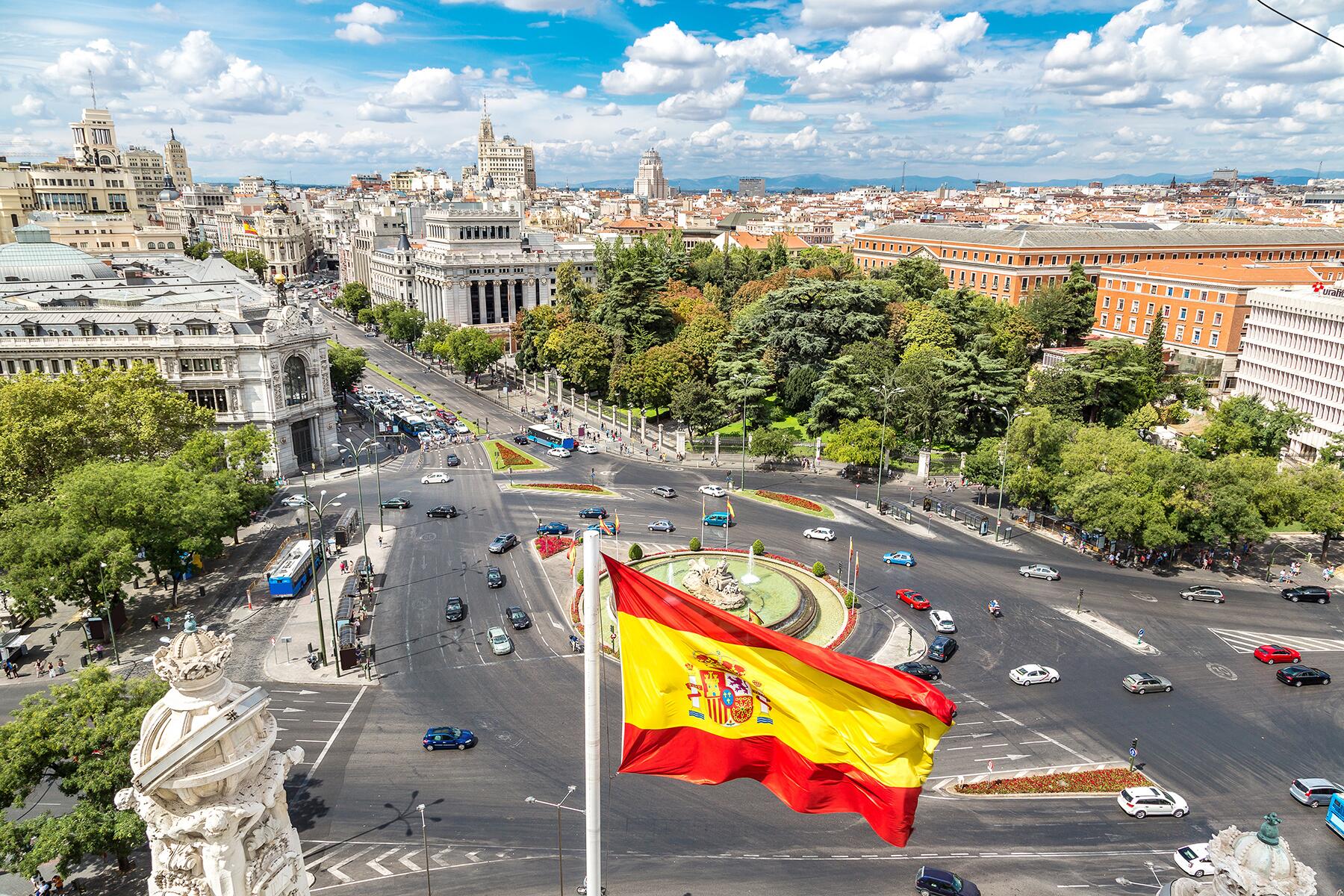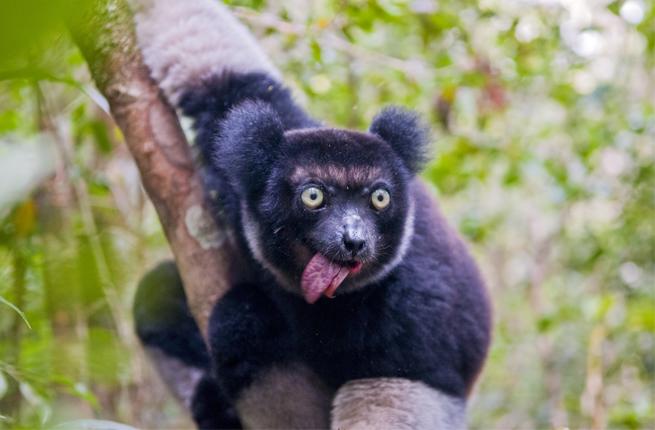
A wet little nose burrows into my neck. Long, silky fur brushes my cheek. Gentle paws grasp my shoulders. A small black face peers at me. I’m up close and very personal with a sifaka lemur and it’s an encounter I will never forget.
Neither will you.
Let’s face it: most visitors come to Madagascar to see the lemurs. And I defy anyone not to fall immediately, impossibly in love. Remember these endearing creatures are not monkeys but primates—the first of the primates to evolve—and are only found in their natural habitat on Madagascar. Today, there are more than 60 different species ranging from the tiny pygmy mouse lemur, which weighs just an ounce, to the indri, which weighs about 15 pounds and stands 3 feet high.
Yes, many people come to Madagascar to experience some of the best scuba diving, snorkeling, and deep-sea fishing in the world. Or others to discover some of the island’s national parks such as the most visited and easily accessible Parc National de l'Isalo, with spectacular buttes, sandstone peaks, and canyons. Deep rock pools with lush vegetation will tempt everyone from couch potatoes with easy walks to fitness fanatics with tough circuits and climbs. Maybe the avenue of Allée des Baobabs at sunrise or sunset with its 1,000-year-old trees is on your checklist, or the dense rainforests, or finding the smallest chameleon in the world (the size of an ant). The list of things to do and see could well be one of the longest and most tempting ever because Madagascar, the fourth-largest island in the world (after Greenland, New Guinea, and Borneo) is home not only to a fabulous diversity oflandscapes, but also 80 percent of its flora and fauna exist nowhere else on earth. That’s a staggering statistic.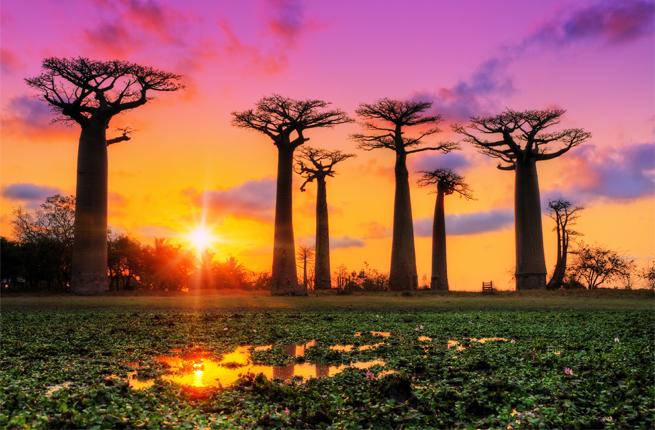
Recommended Fodor’s Video
It’s also not for sissies. The roads are so bad they’re legendary—and often impassable, especially during the rainy season—so make sure you have an experienced English-speaking guide to lead the way. Travel can be difficult and expensive. Trekking through rainforests, circumnavigating lunar landscapes, looking for rare birds, visiting a bat cave, or perching on the edge of a volcano are hair-raising challenges, but Madagascar is a once-in-a-lifetime destination. Choose a good travel operator, research online, and carefully plan your journey before you take off.
But the payoff is the lemurs.
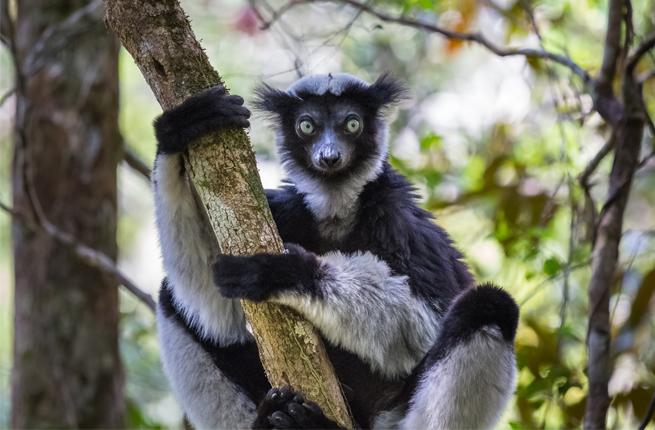
The island of Nosy Be off the northwest coast of Madagascar is its top tourist destination. Its capital has the unfortunate name of Hell-ville (Hell-town) but that’s not because of its situation or ambiance, but because of Admiral de Hell who lived here when the French colonized the island in 1840. Nosy Be is #1 because of its gorgeous beaches, coral reefs ablaze with tropical fish, surface-swimming hawksbill turtles, lovely resorts, friendly people, adjacent little islands, and adventure activities that will exhaust the most dedicated adrenaline junkie. Plus, there is the opportunity to interact with lemurs, especially if you are on a tight schedule or don’t feel up to challenging trekking.
Claudio, from Nosy Be Original, picks me up from my hotel. We are to visit Lemuria Land, a nature reserve in the middle of plantations of ylang ylang trees, whose heavily scented flowers provide the essential oils that are the basis of many costly French perfumes (think Chanel No. 5). There’s a distillery in the reserve where the local women come to sell their sacks of blossoms on Mondays, Wednesdays, and Fridays. Visit the shop and stock up on tiny bottles of oil or handmade soap.
It’s a fine, cool morning. Claudio tells me that this is when the lemurs are most active and reminds me that lemurs are the world’s most endangered animals. According to the International Union for Conservation of Nature (IUCN), 90% of them could face extinction in the next decade or two.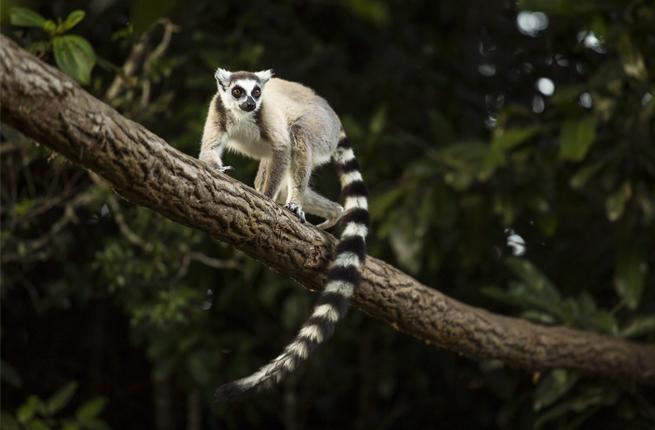
Lemuria Land has eight different species, including the “dancing” sifakas that sashay across the ground, hopping from one foot to another as they raise their arms above their heads. The reserve breeds critically endangered lemurs and rescues injured or abandoned ones. Although a few are caged for acclimatization purposes, the rest are jumping about the trees, clinging to branches, dozing in the sun, or wheedling for fruit. One mother with a baby on her back eyes me carefully but won’t be persuaded to take my banana. Only the water-wary ring-tailed lemurs are in their own enclosure surrounded by a moat. All the others are free to come and go as they please.
My morning also includes giant tortoises (including one claimed to be more than 200 years old), a variety of chameleons, a couple of drowsy-looking crocodiles, a huge boa constrictor, wild boars, and some interesting water birds.
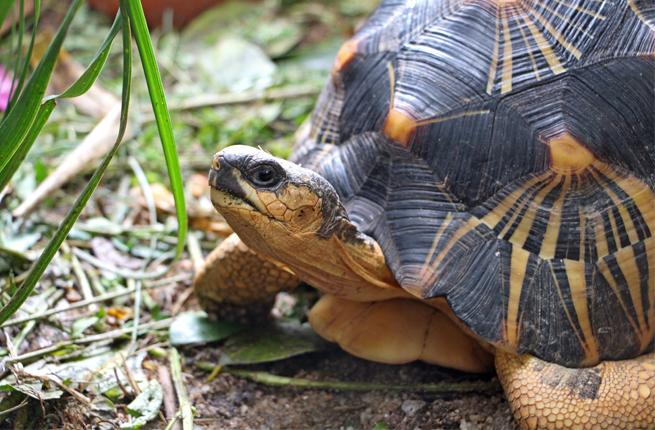
The next day is more active. I knew that the small (just over 3 square miles) protected Lokombo Nature Special Reserve could only be reached by water, but I hadn’t reckoned on literally paddling my own canoe through the mangrove groves. (Nah, it was a traditional pirogue and the fit young visitors did most of the work.)
Insider Tip: Have some local currency to buy some of the curios handcrafted by the villagers.
We wade from the boat to the shore where we walk through a traditional Malagasy village. Claudio had warned me to bring sunscreen, a hat, and lots and lots of insect repellant because now we are going into dense primary forest. The joy of this walk, which can get slippery, has some steep hills and involves ducking under overhanging branches, is that the animals are not skittish and seem quite relaxed. The brown eyes of a group of about eight or nine black lemurs peep out at us from the forest branches. About the size of a large domestic cat, they check us out before returning to their grooming. We meet several chameleons, including the charismatic Nosy Be panther chameleon. His rotating eyes miss nothing as he clings to a branch with his prehensile tail. Then in a flash, he scoops up an unwary passing insect with his long tongue. A boa constrictor slumbers wreathed around a branch. More chameleons, frogs, lizards, an amazing leaf-tailed gecko (that looks just like a dead leaf), and unique beautiful trees such as the traveler’s palm punctuate my hot and humid journey. We finish the walk on a beach, where after a scrumptious meal of seafood and coconut rice.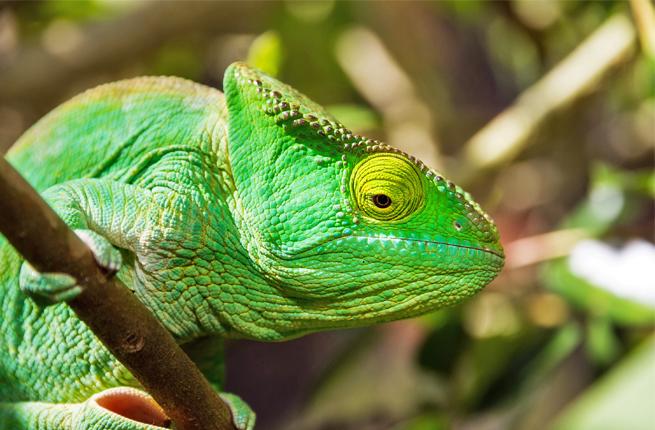
Insider Tip: Take a swimsuit because there’s time to cool off in the sea before the homeward journey.
An hour’s speedboat ride from Nosy Be, I have a final, incredible wildlife encounter of a very different kind on the island of Tsarabanjina: a marine biologist gives me a palm-sized baby hawksbill turtle to return to the sea.
This country has brought me so much more than a viewing of the lemurs. In just a few days, I’ve gotten up close and personal with some of the most enchanting creatures on Earth. Madagascar offers a completely unique opportunity to experience wildlife in the wild.

